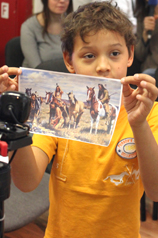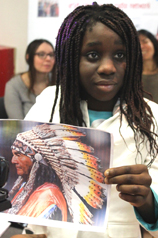
We already know Carry from the Buffalo Bill Centre in Wyoming, USA. Some time ago she told us a lot of interesting facts about the wildlife of Yellowstone Nationalpark.
Today she tells us something exciting about another area of expertise of her museum, namely the life and culture of the Native Americans, also known as American Indians, Indigenous Americans or First Americans Right.
At the beginning we learn what used to be the most important thing for the survival of all Indian tribes: the buffalo.
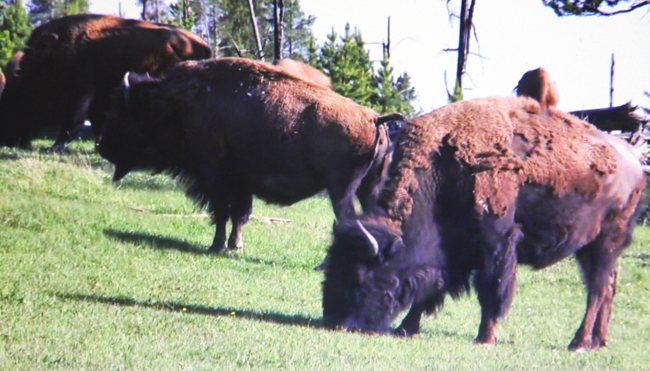
Averaging a weight of approximately 900 kg the animals offered them a lot of what they needed to survive: lots of meat, fur, leather from the hide, as well as bones, tendons and horns for the production of tools and other utensils.
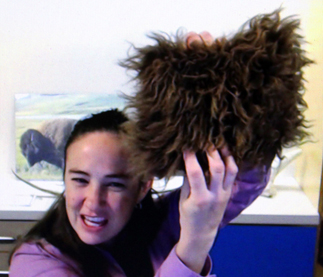


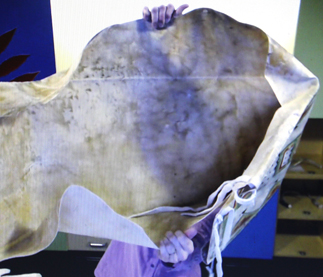
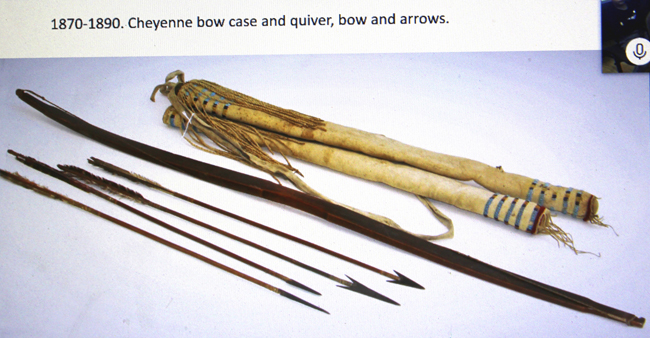
Just 100 years ago, we learn, there were about 30 million buffalo in North America. Today there are around 30,000 left in the wild and in Yellowstone as well as Wood Buffalo National Park or on farms. Because they were hunted so excessively, the buffalo were on the brink of extinction. That is why protected areas of retreat were created for them in the large national parks, where they can now live peacefully.
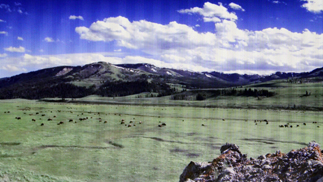
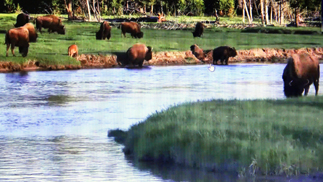
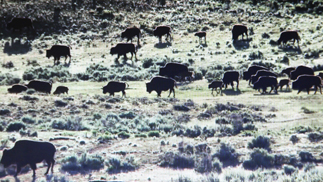
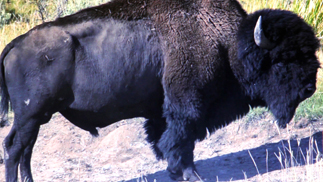
The buffalo can become between 15 and 20 years old and feed almost exclusively on various grasses. In winter, they use their heads to uncover the grass hidden under the snow cover. They have particularly strong muscles in the neck area, so that they can move larger and heavier masses of snow in order to get to their food.
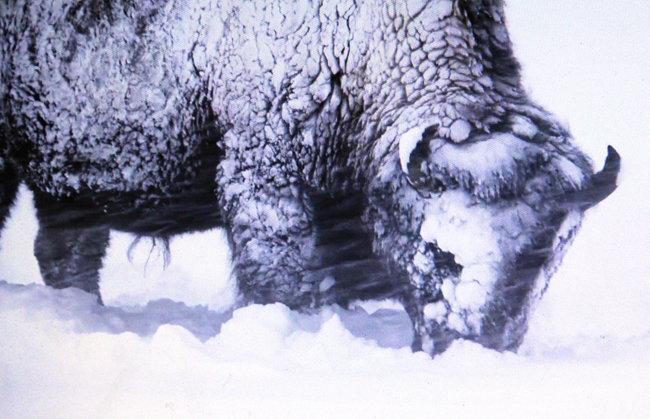
Since the buffalo are very large and heavy, can run fast and also have horns with which they can defend themselves against attackers, the American Indians had to be very skilled when hunting them. One type of hunt consisted of using bows and arrows to kill the buffalo from their horses. But they also used other methods to do this. For example, they disguised themselves as natural enemies of the buffalo such as wolves and coyotes. Because buffalo would then run away from them, the Native Americans could herd them onto larger flanks of a hill, from which the buffalo would then fall to their deaths.
The First Americans processed almost everything from the animals. They made their dwellings, the tipis, out of buffalo hide. To do this, they cut off the skin with the help of buffalo foot bones. Since they were always wandering, they always took their tipis with them: the women could pack up a whole tipi within 10 minutes. They used the tendons as sewing thread to sew the individual pieces of hide together, and individual bones served as needles.
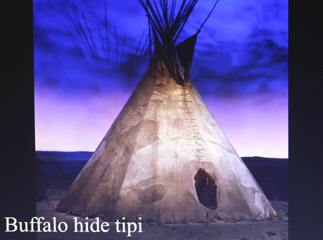
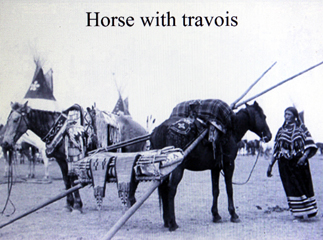
Ropes and lassos for dogs and horses were made from the fleece, whereas the ropes for transport as well as the suitcases were made from the buffalo hide.
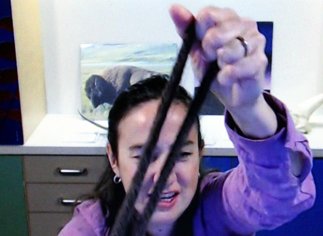

They always needed provisions for their migrations. That's why they made a special fruit bar back then. For this purpose, fruits and buffalo meat were mixed with the buffalo fat and dried so that everything could be preserved well. You could also dissolve this "snack" in hot water and get a nice nutritious soup. Naturally, they also needed water supplies. The large buffalo bladder served as a water bottle.
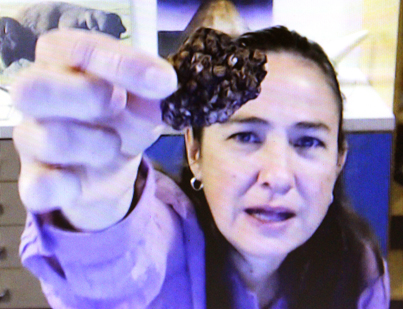
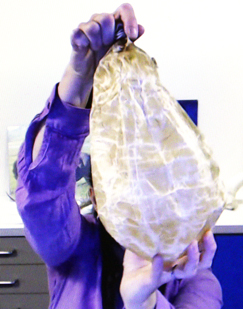
Shoes and gloves were made from fur as well as leather from buffalo skin. They added fur to their shoes in winter and removed it again in summer. The American Indians also manufactured warm winter coats and blankets from both components, hide and fur. But since the buffalo pelt is very heavy, it was too awkward for them to always walk around with it. Therefore, the clothing of the First Americans was otherwise made from different animal skins.
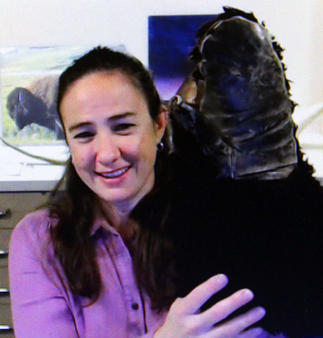
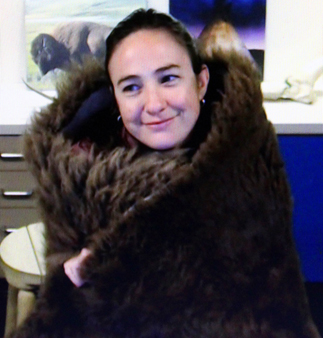

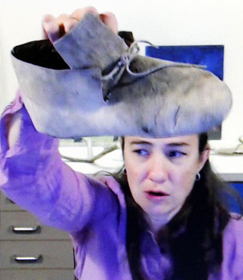
Something could easily be stored inside the horns. But they also served another important function: the horns’ material softens in hot water so that it can be cut and shaped as desired. In this way, they could be used to make things like spoons and other utensils. Even the buffalo tail’s hair was being used. It served them as a "fly swatter" to drive away unwanted insects.
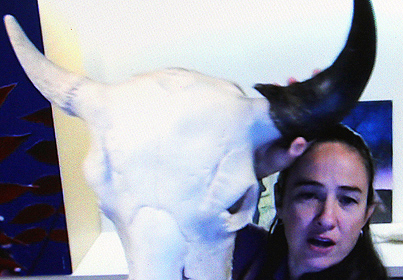

Thanks again to Carry at the Buffalo Bill Center for her captivating talk!
